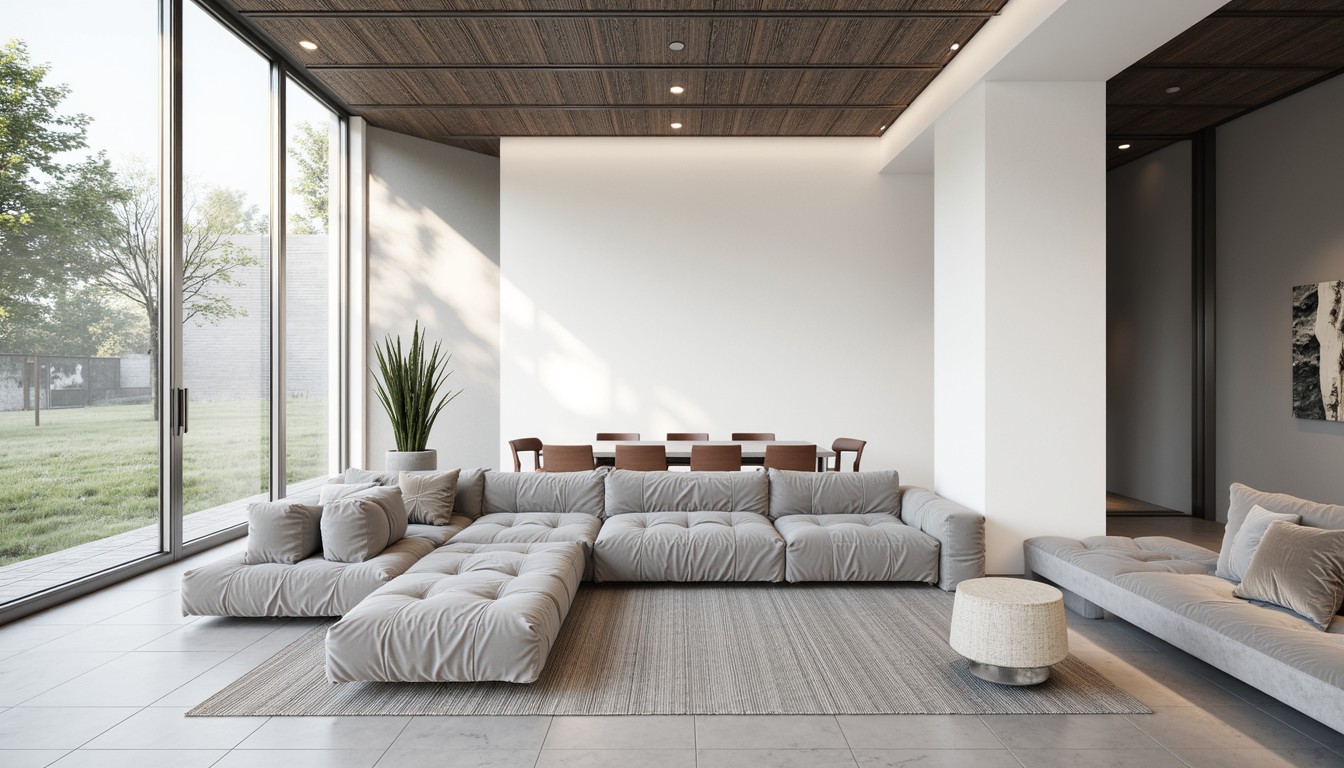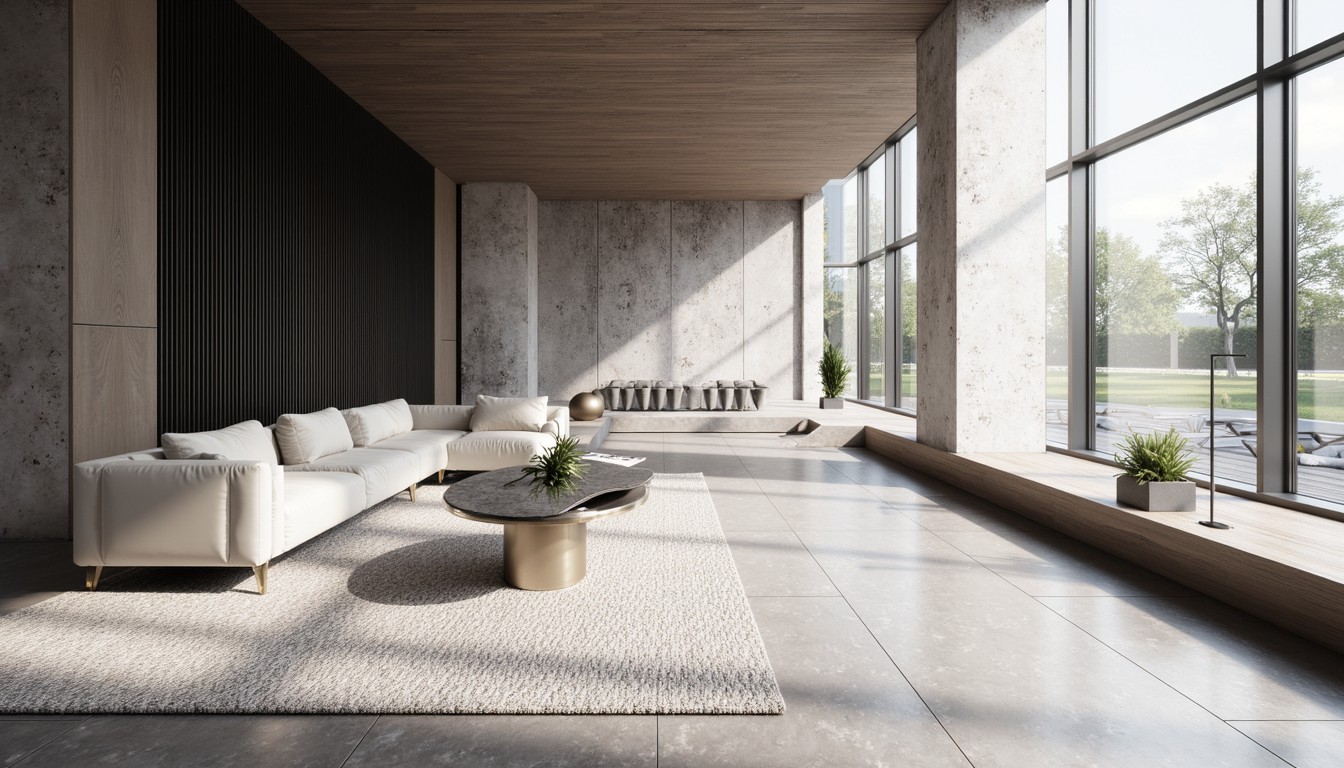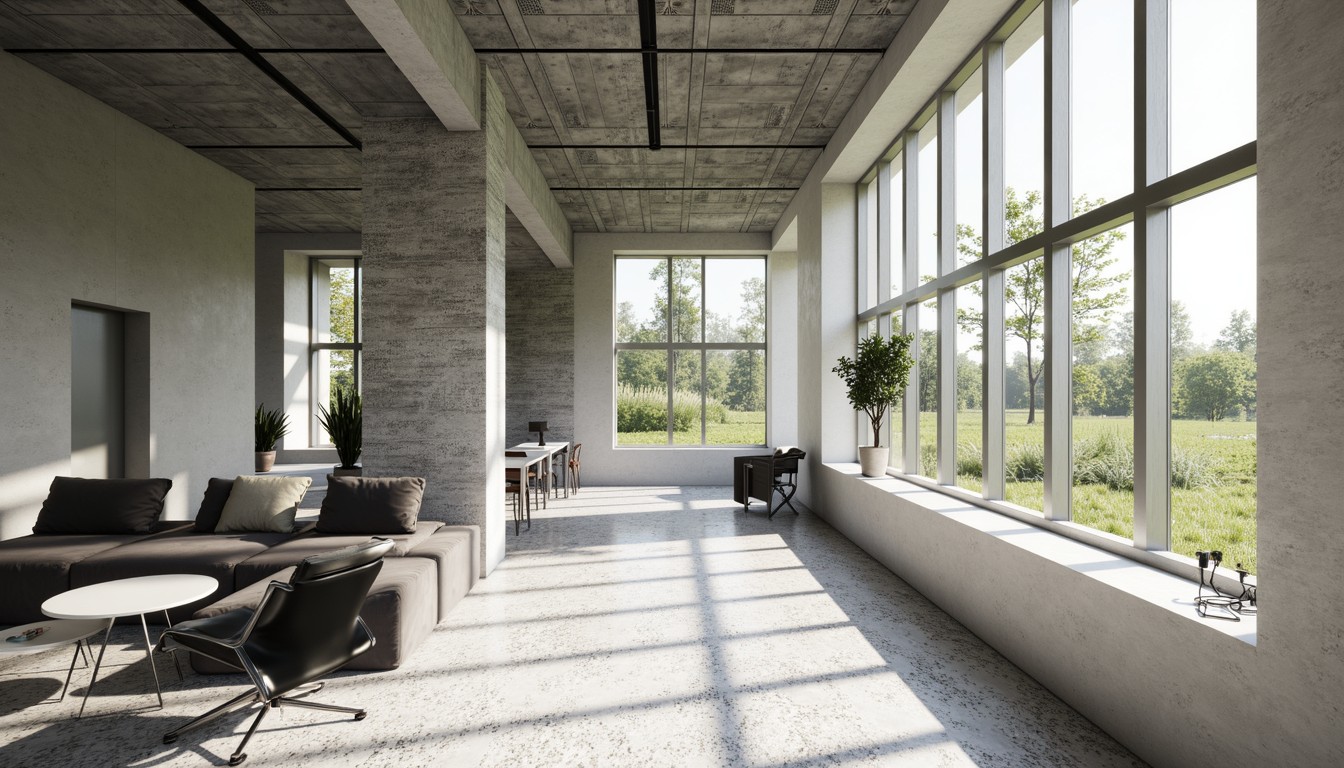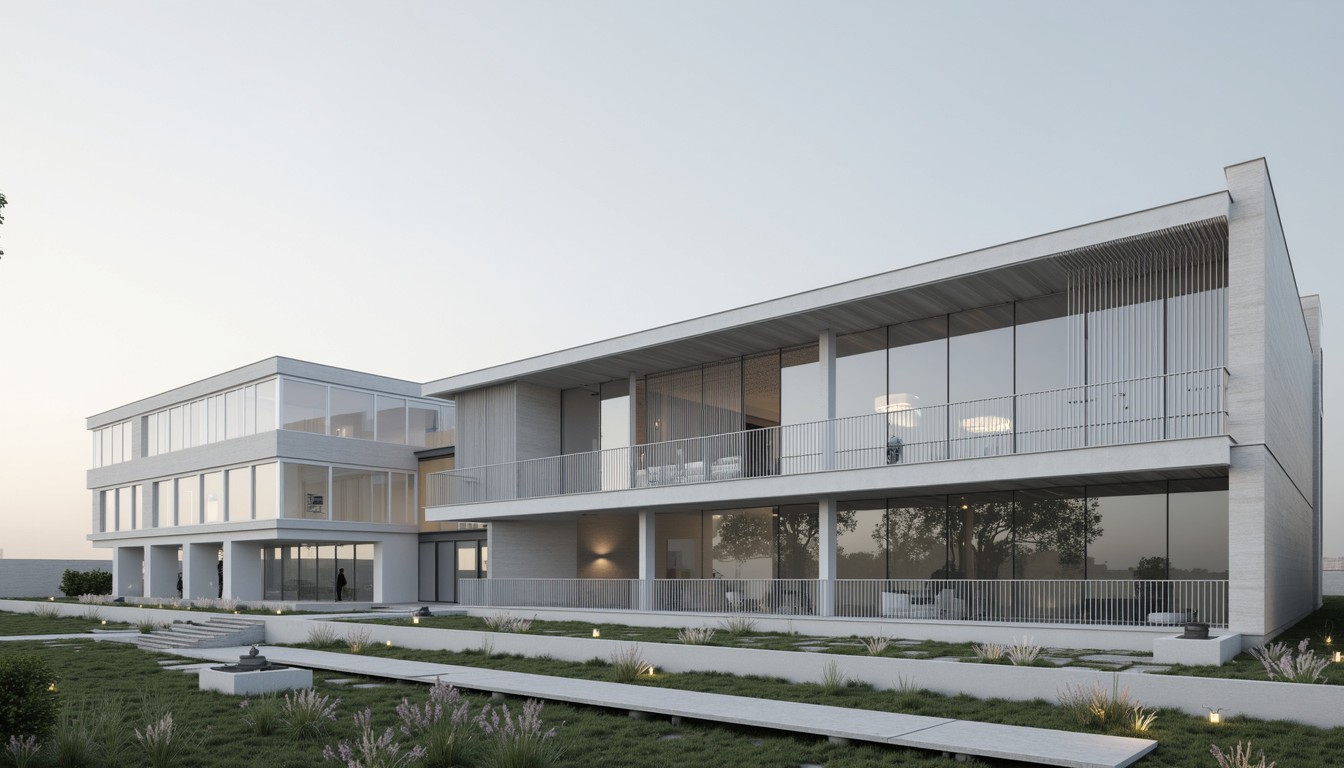3D Printing in Construction: Building the Future
The construction industry, often characterized by its traditional methods and slow pace, is undergoing a dramatic transformation. At the forefront of this revolution is 3D printing, a technology rapidly reshaping how we design, build, and inhabit our spaces. This innovative approach offers unprecedented opportunities for efficiency, sustainability, and creative architectural expression. ArchNav, a leader in architectural visualization, explores the exciting possibilities of 3D printing in construction.
The Rise of Additive Manufacturing in Construction

Additive manufacturing, or 3D printing, in construction involves depositing layer upon layer of material to create three-dimensional structures. Unlike traditional methods that rely on subtractive processes (like carving or cutting), 3D printing offers a more efficient and precise approach. This technology utilizes various materials, including concrete, polymers, and even specialized composites, to build everything from small-scale components to entire buildings.
Types of 3D Printing Technologies in Construction
Several 3D printing techniques are gaining traction in the construction sector:
- Extrusion-based 3D printing: This method uses a nozzle to extrude a continuous stream of material, layer by layer, according to a digital design. It's commonly used with concrete and polymers.
- Binder jetting: This technique utilizes a binder to selectively bond particles of a material (like sand or powder) together, creating the desired shape. It's a popular choice for producing complex geometries.
- Vat polymerization: This method uses a UV light source to cure liquid resin layer by layer, resulting in high-resolution, intricate structures. While currently less common in large-scale construction, its potential is significant.
Real-World Applications and Benefits

The applications of 3D printing in construction are diverse and rapidly expanding. Here are some key examples:
1. Residential Construction:
3D printing is already being used to build entire homes, significantly reducing construction time and labor costs. Companies are creating affordable, sustainable housing solutions using this technology, addressing the global housing shortage.
2. Infrastructure Projects:
From bridges to retaining walls, 3D printing can create complex infrastructure components with enhanced durability and precision. This technology is particularly beneficial in challenging terrains or remote locations where traditional construction is difficult.
3. Architectural Design and Prototyping:
Architects are using 3D printing to create intricate models and prototypes, allowing for better visualization and experimentation with design concepts. This helps refine designs before actual construction begins, minimizing errors and cost overruns.
4. Specialized Components and Customization:
3D printing enables the creation of customized components, such as intricate façade elements, bespoke furniture, and specialized architectural details, adding a unique touch to buildings.
Addressing Challenges and Future Trends

While 3D printing offers numerous advantages, several challenges remain:
- Material limitations: The range of printable materials is still expanding. Research focuses on developing stronger, more durable, and sustainable materials.
- Scalability and cost-effectiveness: While cost is decreasing, 3D printing large-scale structures can still be expensive. Optimizing printing processes and material usage is crucial.
- Regulation and standardization: Building codes and regulations need to adapt to accommodate this emerging technology to ensure safety and quality.
- Skilled labor: The construction industry needs trained professionals who understand and can operate 3D printing equipment and software.
Future trends point toward further advancements in material science, increased automation, and the integration of artificial intelligence (AI) and robotics to optimize the 3D printing process. We can expect to see even larger and more complex structures being built using this technology.
ArchNav: Your Partner in Visualizing the Future of Construction
At ArchNav, we understand the transformative power of 3D printing in construction. Our expertise in architectural visualization helps clients visualize and understand the potential of this technology. We leverage cutting-edge rendering techniques to create stunning, realistic visualizations of 3D-printed structures, enabling informed decision-making throughout the design and construction process. Contact us today to explore how ArchNav can help you build the future.
